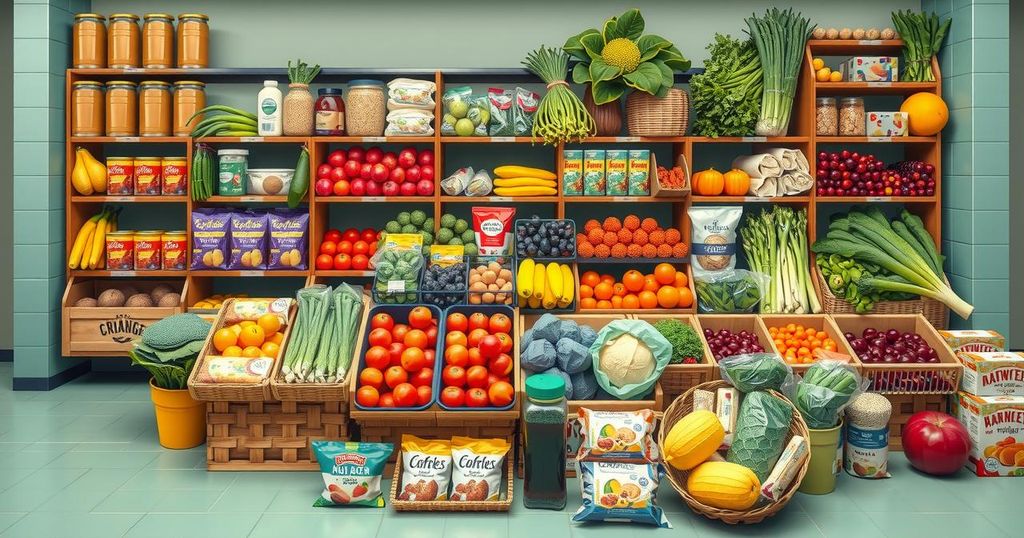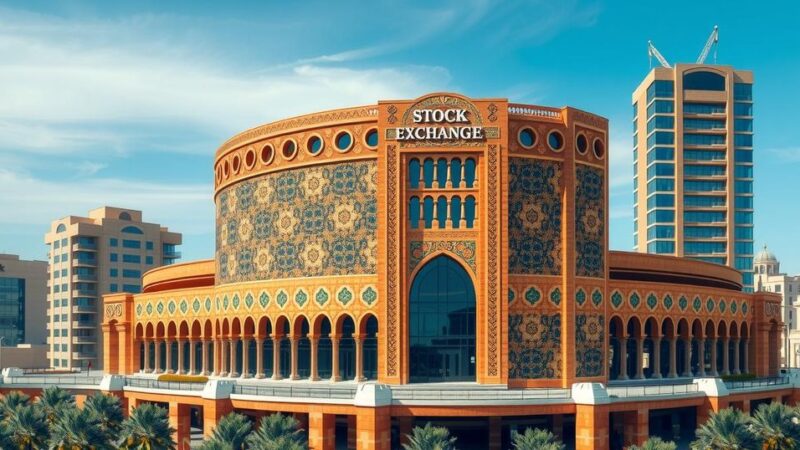Gauteng is the most expensive province for groceries in South Africa in 2025, with Johannesburg leading in prices. The cost of a household food basket reached R5,313.22, reflecting a modest increase amid ongoing food inflation. Factors such as reliance on imports and possible VAT hikes contribute to rising costs. Smart shopping strategies are suggested to help consumers manage their budgets.
In 2025, Gauteng has been identified as the most expensive province for groceries in South Africa, according to recent data reported by Business Tech and provided by the Pietermaritzburg Economic Justice and Dignity group. Within Gauteng, Johannesburg stands out with the highest grocery prices, followed closely by Durban and Cape Town. The total cost for a household food basket—which consists of 44 essential items—reached R5,313.22 in February 2025, representing a slight annual increase of 0.7%. Despite this modest rise, food inflation remains a significant concern for households, with price hikes observed in 27 tracked items, five of which exhibit double-digit inflation.
Numerous factors contribute to the rising grocery prices in South Africa. Anchor Capital economist Casey Sprake notes that the nation’s heavy reliance on food imports renders it susceptible to fluctuations in global markets. Additionally, the implications of changing trade policies in the United States following Donald Trump’s re-election could further impact food costs. Potential tariffs and the economic uncertainties associated with this political climate threaten to weaken the rand, thus elevating import expenses.
On a domestic level, the possibility of an increase in Value-Added Tax (VAT) poses an additional challenge. Although the government has currently deferred a decision on this matter, Shoprite CEO Pieter Engelbrecht has indicated that any future VAT increase would exacerbate food affordability issues. Businesses are already grappling with rising costs due to factors like power outages and supply chain disruptions, further complicating the economic landscape.
Regional disparities in grocery prices are significant, with Johannesburg being the pricier city. In February 2025, the food basket cost in Johannesburg was R5,446.07, exceeding the national average by R132.85. In contrast, Cape Town had the lowest food basket cost among the three major metropolitan areas at R5,250.75, while Durban’s basket was priced at R5,254.06. Despite a slight decrease in Durban’s prices from the previous year, they still rank among the highest in the country. Although food inflation levels have decreased since their peak in 2024, South African consumers continue to experience high grocery costs, prompting experts to recommend vigilance regarding exchange rates, trade policies, and prospective VAT changes, all of which will significantly affect future food pricing.
In the interim, consumers are encouraged to practice smart shopping strategies, including comparing prices, purchasing in bulk, and supporting local markets to make the most of their grocery budgets.
In conclusion, the grocery landscape in South Africa in 2025 reveals Gauteng, particularly Johannesburg, as the most expensive area for food items, with significant price inflation affecting households. Contributing factors such as reliance on imports and potential VAT increases enhance the financial strain on consumers. It is advisable for shoppers to remain alert to economic changes while employing strategies to mitigate high costs. Implementing practical shopping methods will be crucial for maintaining affordable grocery budgets amidst ongoing economic challenges.
Original Source: www.foodandhome.co.za






